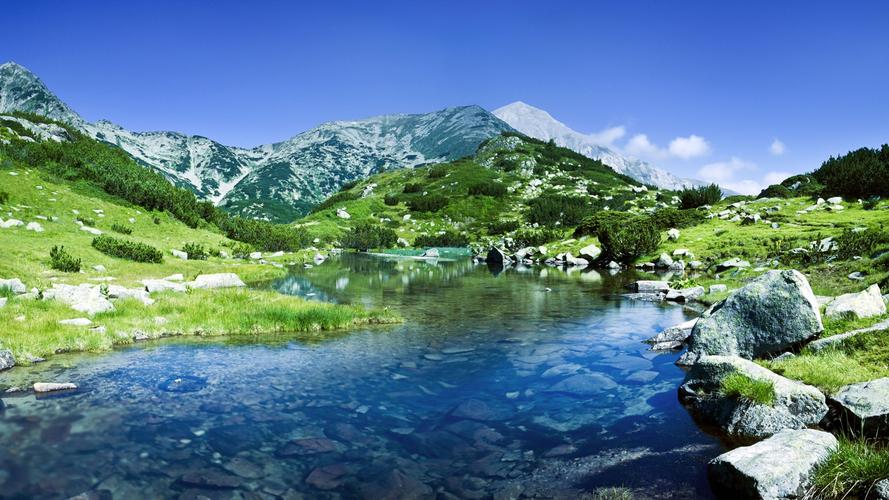Exploring the Rich Bicol Cultural Values: A Journey of Tradition, Beliefs, and Customs
Bicol region, located in the southern part of Luzon and composed of six provinces, namely Albay, Camarines Norte, Camarines Sur, Catanduanes, Masbate, and Sorsogon, is known for its rich culture, heritage, and tradition. Its diverse cultural values have been shaped by its history, geography, and people, making it a fascinating destination to explore.
Introduction
One of the things that make Bicol stand out from other regions in the Philippines is its unique cultural heritage. From its traditional festivals, crafts, culinary arts, music, and dance, Bicol has a rich cultural tapestry worth discovering.
Body
Traditional Festivals
Bicol is known for its colorful traditional festivals that showcase the region’s cultural heritage. Among these festivals is the Mayon Volcano Festival, celebrated annually in Legazpi City. This festival pays tribute to Mount Mayon, the iconic active volcano that stands at the heart of Bicol. During the festival, locals and tourists alike participate in activities such as street dancing, food fairs, and beauty contests.
Culinary Arts
Bicol’s culinary art is another reflection of the region’s rich cultural heritage. Bicolano dishes are known for their signature use of coconut milk, chili, and other bold flavors. One of the most famous Bicolano dishes is the spicy Bicol Express, made from pork, coconut milk, and siling labuyo (bird’s eye chili). Other dishes such as laing (taro leaves cooked in coconut milk) and tinutungan (smoked fish flavored with burnt coconut meat) are also worth trying.
Crafts
Bicol is known for its remarkable craftsmanship, particularly in weaving and pottery. The region’s traditional weaving techniques produce intricately designed blankets, mats, and cloth. The pottery industry, on the other hand, produces creatively designed pots, jars, and plates that are traditionally used for cooking and serving.
Music and Dance
Bicol’s traditional music and dance are another reflection of the region’s rich cultural heritage. Among the popular traditional instruments used in Bicol are the marimba, kulintang, and kubing. These instruments are integral to the region’s traditional dances such as the tinikling (bamboo dance), panto, and sinalikway (weaving dance).
Beliefs and Customs
Bicol’s culture is steeped in beliefs and customs that have been passed down from generation to generation. One of the most famous beliefs is the story of Mount Mayon, which is believed to be the embodiment of Daragang Magayon, a legendary Bicolana who died tragically. This story has inspired various artistic expressions such as songs, dances, and paintings.
Another important custom in Bicol is the Bayanihan spirit, where communities come together to help each other during times of need. This custom can be seen in the region’s traditional house-building practices, where neighbors gather to help build a new house for a family.
Conclusion
Exploring Bicol’s rich cultural heritage is indeed a journey worth taking. Whether it’s indulging in Bicolano cuisine, witnessing traditional festivals, or immersing oneself in the region’s customs and beliefs, there’s no shortage of cultural experiences to be had. By understanding and appreciating Bicol’s culture, we gain a deeper appreciation of the region’s unique identity and history.
(Note: Do you have knowledge or insights to share? Unlock new opportunities and expand your reach by joining our authors team. Click Registration to join us and share your expertise with our readers.)
Speech tips:
Please note that any statements involving politics will not be approved.
